January is National Train Your Dog Month, which fits perfectly if your New Year’s Resolution is to teach your dog something new. I always recommend people work with a qualified, credentialed dog trainer if they have never trained a dog before, or if their dog is struggling with a behavioral challenge like reactivity or aggression. That said, there are many goals you can work towards with your dog without the help of a professional, like teaching a fun trick or developing leash skills. To help with these goals, I’ve created a dog training plan template you can download and use FOR FREE! You can download this template at the end of the post.
Now, there are lots of approaches you could take when training your dog, so I kept this template as flexible as possible while still giving your goals some structure. Essentially, I’ve broken the dog training plan template into three sections:
- Goals
- Exercises to reach those goals.
- Cues
We start by defining what your goals are when it comes to training your dog, then break those goals down into specific exercises and cues you can work on. For example, if your goal is to help your dog feel more comfortable with nail trims, then an exercise to work on would be touching their paws and a cue you could teach might be “shake” or “paw.”
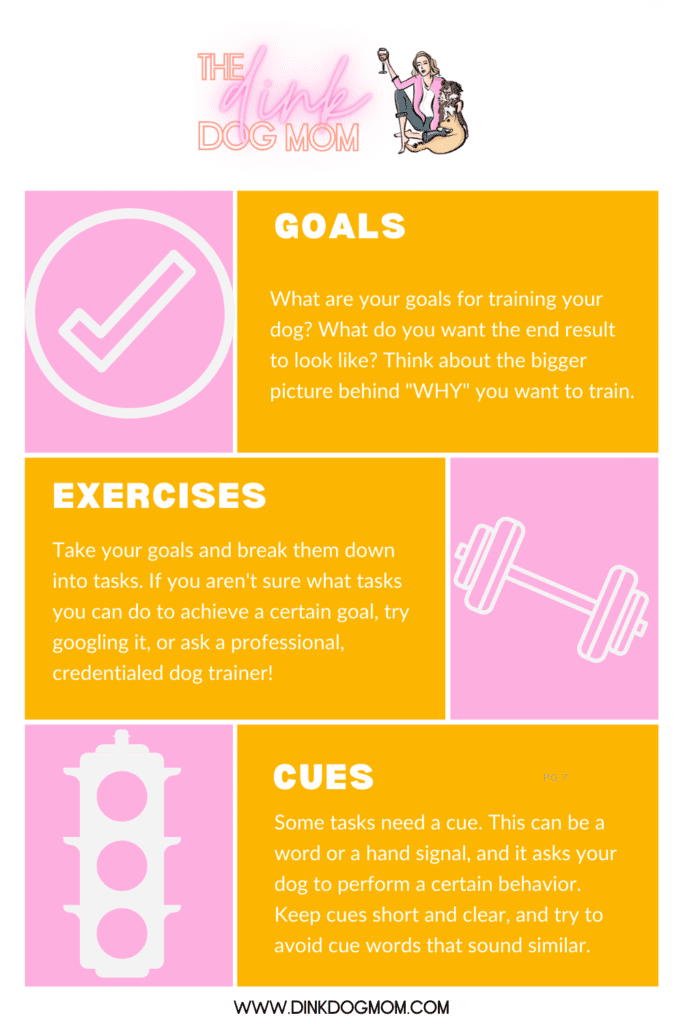
3 Key Points to Remember When Training Your Dog
There are many crucial points to note before we get started. First, consistency is key! This means it is better to work for 5-10 minutes once per day than 60 minutes once per week. No, you don’t have to work every single day, but the more often you practice in these short bursts, the quicker your dog will learn. Remember, not every training session needs to be formal. Even a casual walk around the block with you rewarding check-ins is a form of training.
Second, whatever you are working on should be achievable for your dog. For example, if you want to teach recall, you should start in a small, quiet space without distractions and reward your dog for any movement they make towards you rather than starting at the dog park. Similarly, it’s always a good idea to move slow, so that you always set your dog up for success. With the recall example, that means moving from a small room to a larger room; from a larger room to your entire house; from indoors to a quiet space outdoors; etc. If your dog is failing to respond, that’s a good signal that you are asking too much and need to scale it back.
Lastly, timing is everything. Make sure you mark the moment your dog does something desirable. For example, if you want to teach the trick “beg,” you should mark and reward any time your dog lifts their front paws off the ground, even if they don’t perfectly sit back and hold it. At the same time, you don’t want to just mark and reward when your dog does nothing. This timing helps shape behavior.
Dog Training Goals
As I mentioned earlier, this plan is broken down into goals, exercises, and cues. When you first start to create a dog training plan, it is important to think about what your goals are. This very much depends on you, your dog, and the lifestyle you share. What are your dog’s strengths? Their weaknesses? What would make life better for you and for them? These are question that can help figure out your goals. While it helps to brainstorm a list of 5-10 things, I recommend choosing your top 3-5 goals to work on to keep it simple and achievable. Once you have your top 3-5 goals, define them specifically.
Here are my dog training goals for 2022:
- CONFIDENCE– Build comfort and neutrality in an urban environment.
- FOCUS– Strengthen engagement with me and follow through on cues in increasingly distracting environments.
- HANDLING– Build comfort with paw handling and nail trims, brushing/grooming, and general handling.
Dog Training Exercises
Once you have your goals, you can brainstorm exercises to work on that will help you reach those goals. If you aren’t sure where to start, try googling “How to X” and see what pulls up. For example, if you google “How to build my dog’s confidence,” there are lots of activities and games you can try. For each goal, make a list of exercises you can perform.
Here are mine:
Confidence
- Body awareness
- Sniffari walks in our neighborhood.
- Jumping/Climbing on things.
Focus
- Reinforce check ins during all walks.
- Increase duration of implied stays.
- Layer in distractions.
Handling
- Paw touching + holding.
- Nail trims.
- Muzzle training.
Cues for Dog Training
Lastly, your cues. A cue is a word or hand signal you use to ask your dog to perform a specific action. While exercises are just general behaviors you can work on– like holding your dog’s paw for an increasing amount of time– cues are a specific ask, like “shake” in which your dog offers you their paw. Another example can be loose leash walking. You can reward your dog for checking in with you so that your dog learns to check in a lot, but you aren’t telling them to. Alternatively, the cue “heel” asks your dog to come and walk right next to you.
It helps if you write down what cues you want to teach, and then what word you plan to use for the cue. The actual word or hand signal you use is irrelevant, as long as it is short, clear, unique, and easy for your dog to hear or see. For example, you should not use the word “down” for both laying down and getting off a piece of furniture, because you want the word to be unique.
Here are some of the cues we are working on, as they relate to our 2022 training goals:
Confidence
- Middle (coming to stand in between my legs)
- Up-Up (jumping up/onto something)
- Go see (go investigate something)
Focus
- Watch (look at me)
- With me (come walk next to me)
- Come (recall)
Handling
- Shake (give me a paw)
- Touch (touch their nose to a target)
- Muzzle (put their snout into a muzzle)
Dog Training Plan Template
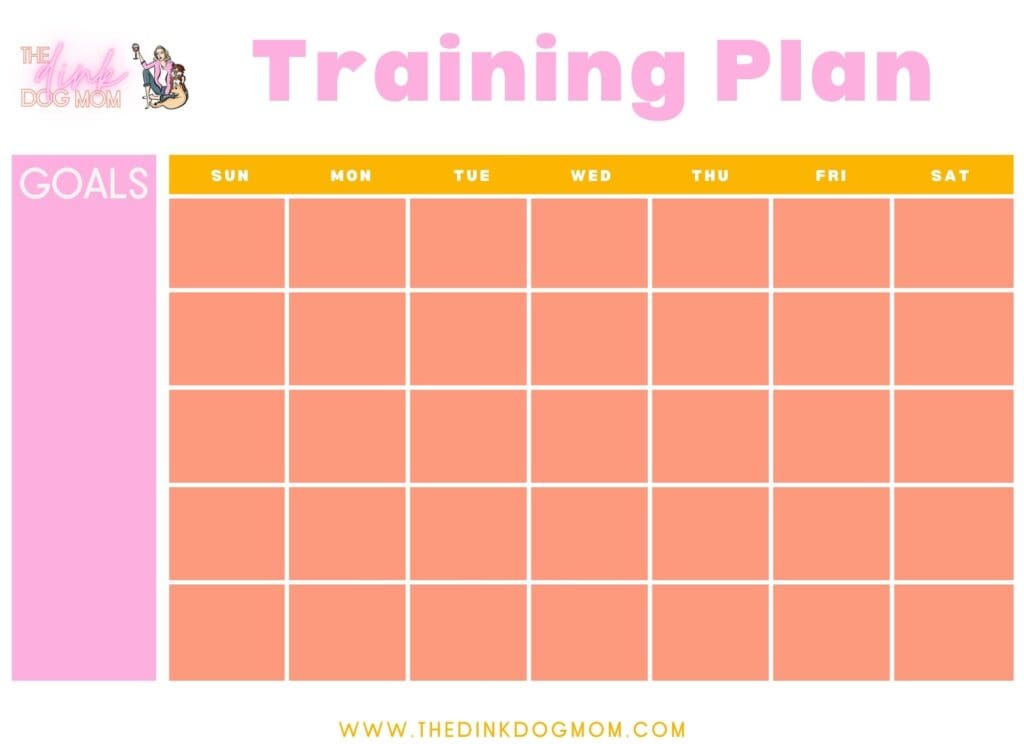

Once you have clearly defined your goals and what exercises/cues you can work on to reach those goals, it’s time to fill out the dog training plan template! The template is for one month at a time, so don’t feel like you have to do all goals, exercises, and cues at once. Choose a few things for each goal and list those in the blank space on the left. This gives you an idea bank to pull from when you are ready to train your dog.
While you could fill out what you want to work on each day, I like to write in what we worked on after we’ve worked on it, like a tracker. This provides flexibility so you can work on whatever you and your dog feel like. Maybe you start working on middle, but your dog just isn’t following through; so, maybe you decide to take a sniffari walk and just reinforce check ins instead. Or, maybe you wanted to go for a walk, but you are simply too tired, so you can practice paw handling.
The best thing about this training plan is it’s flexible. You have a whole bank of ideas you can pull from, all of which will bring you closer to the dog training goals that matter the most to you. Plus, you can look back and see what goals you have focused a lot on, and what goals may need a bit more attention.
Lastly, if an exercise or cue isn’t working for you or your dog, don’t be afraid to change them! While your goals will likely stay the same, the exercises or cues you use to reach those goals can certainly change and adapt. This allows you to meet your dog wherever they are at, which is crucial for a successful dog training plan!
Ready to download the dog training plan template and get to work? Here you go!
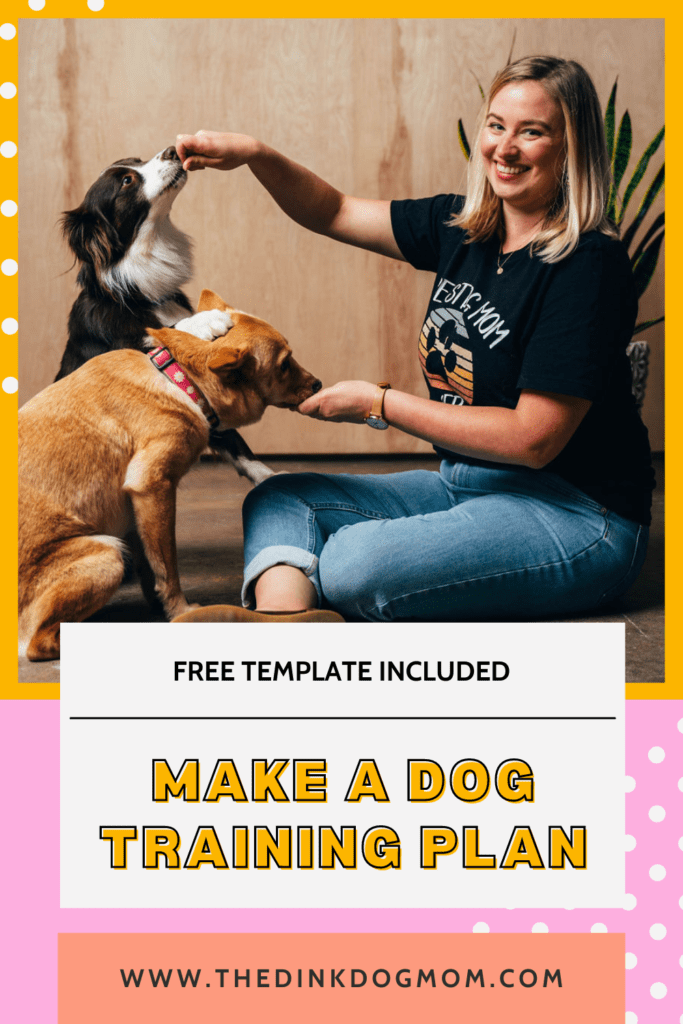

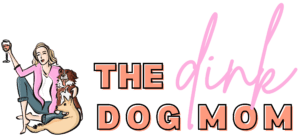
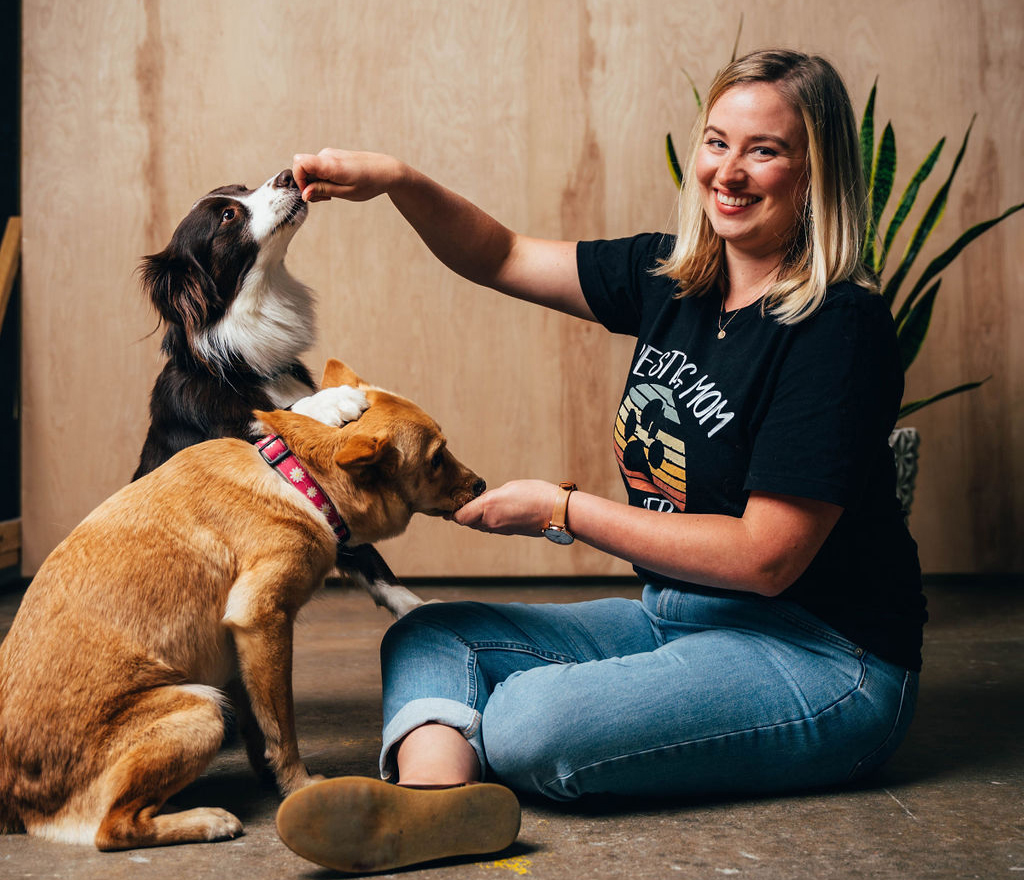
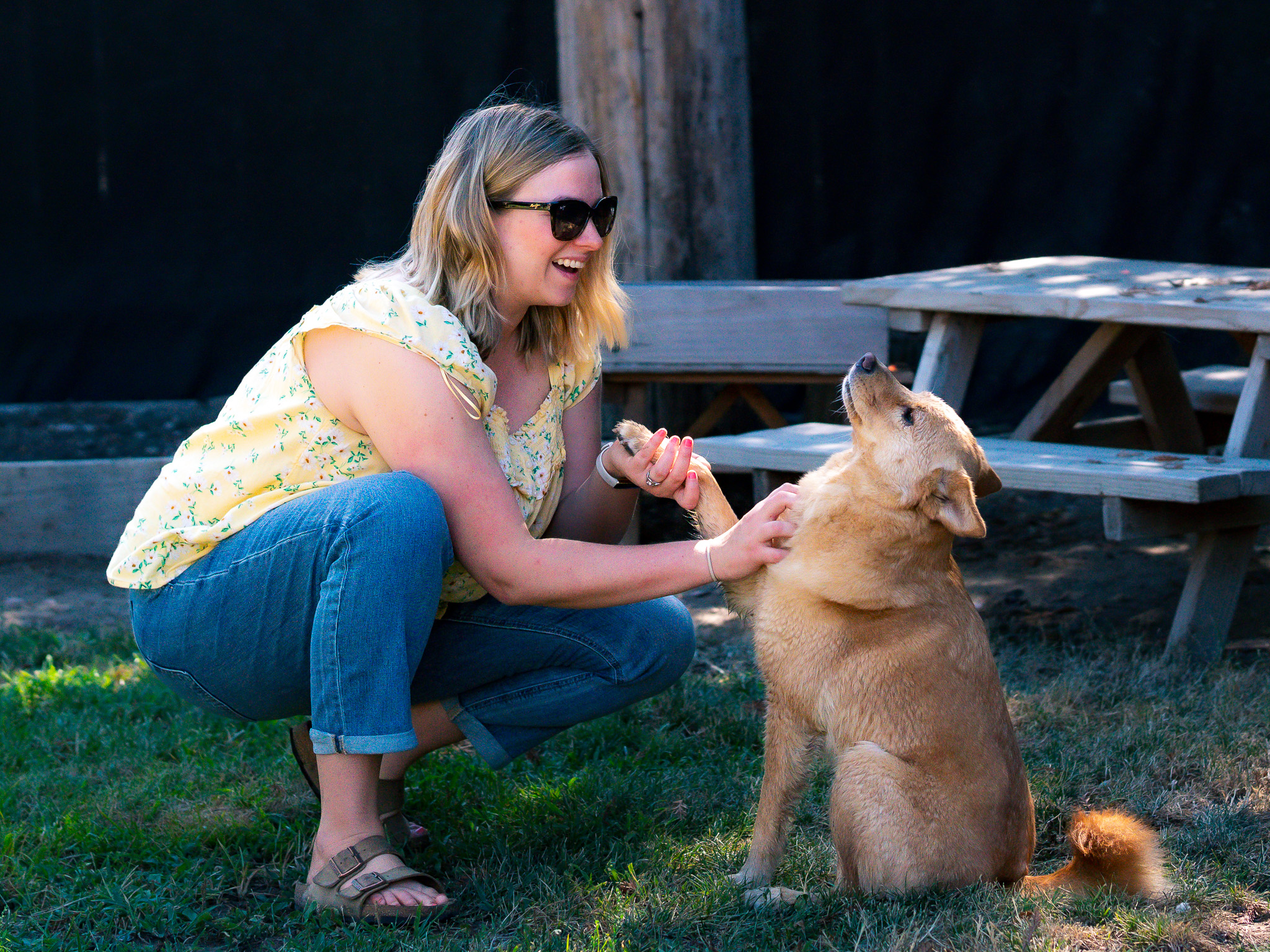
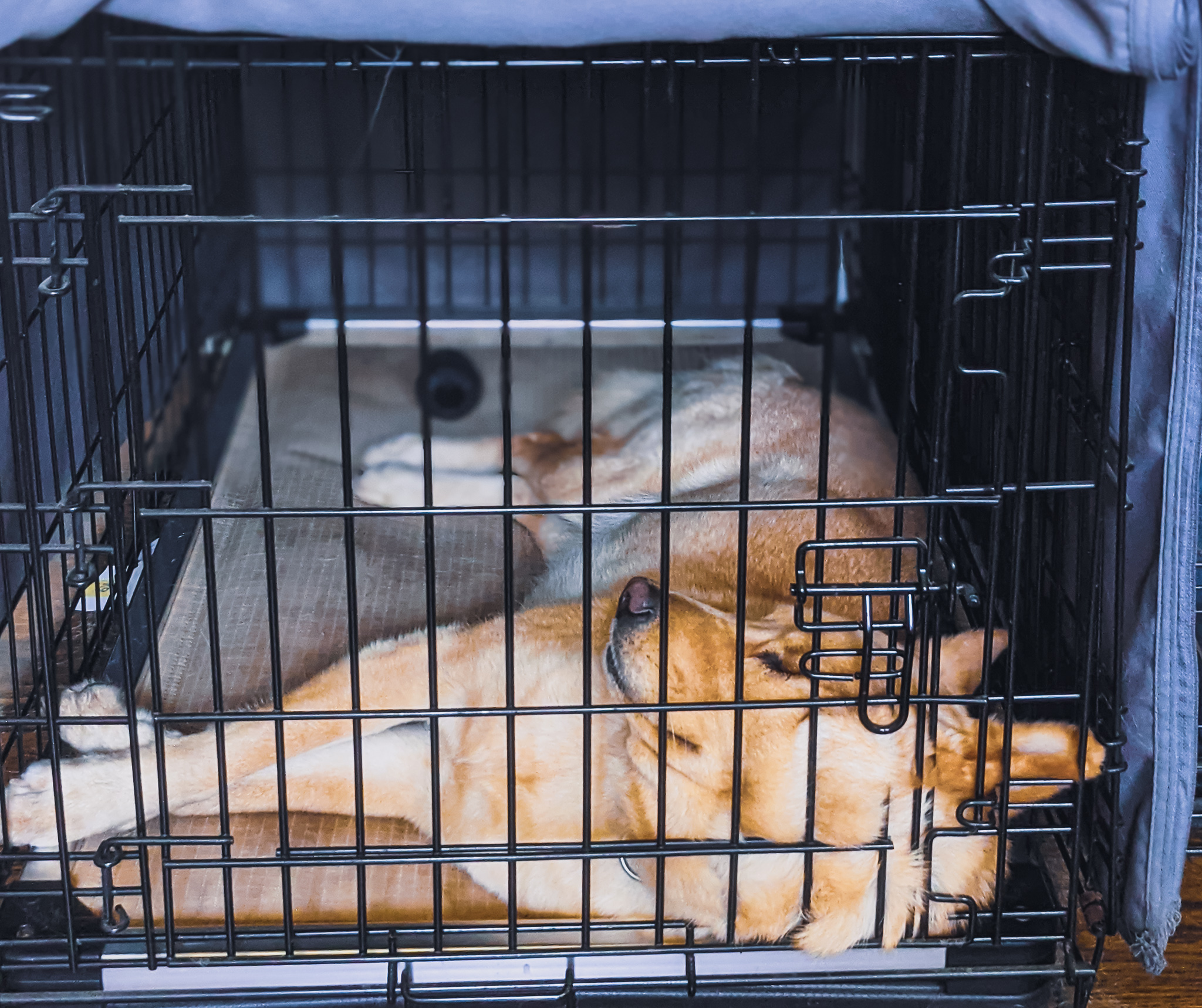
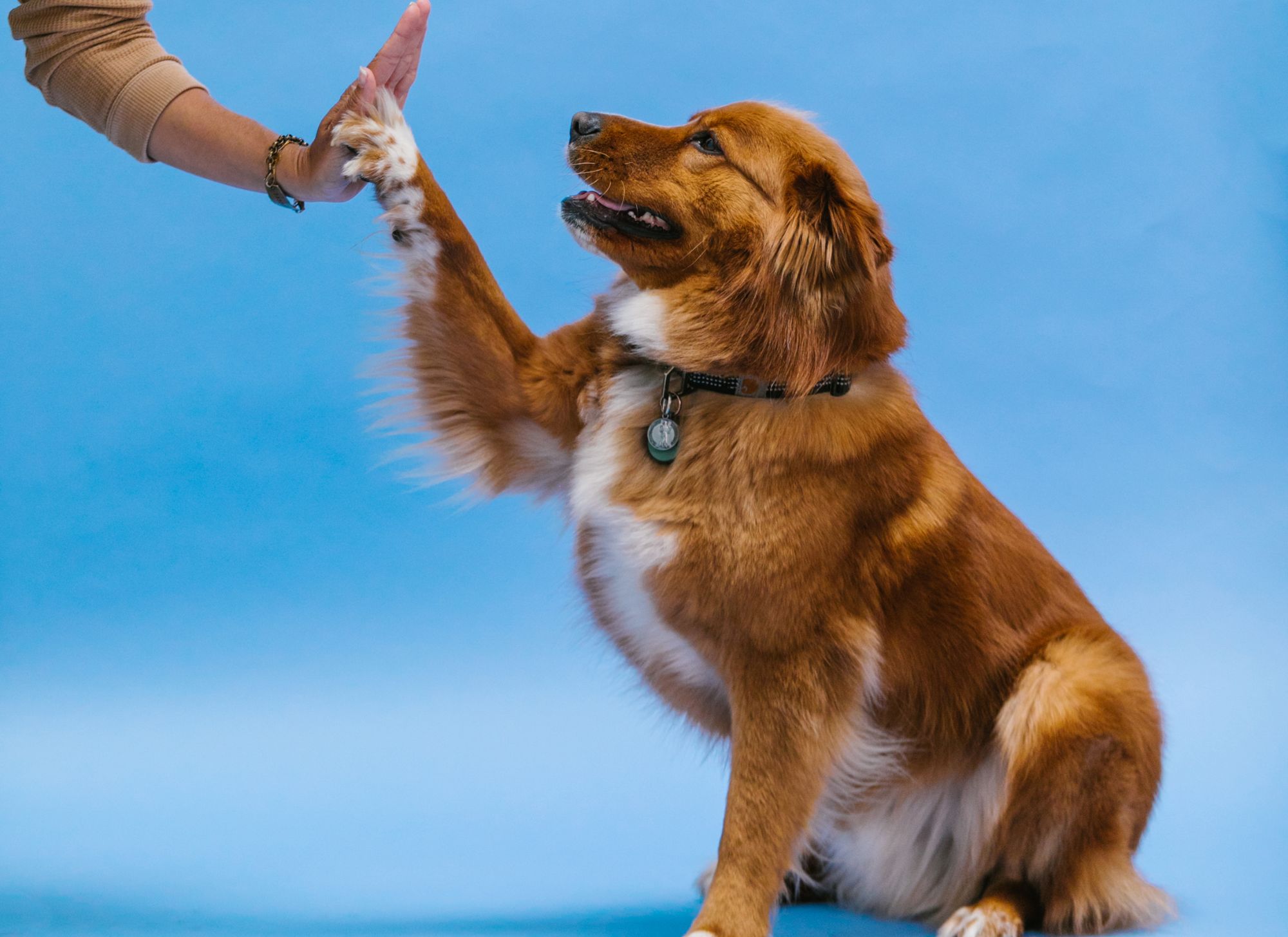

5 Responses